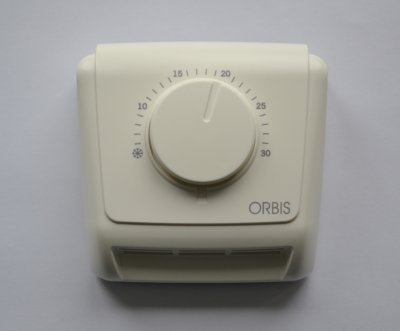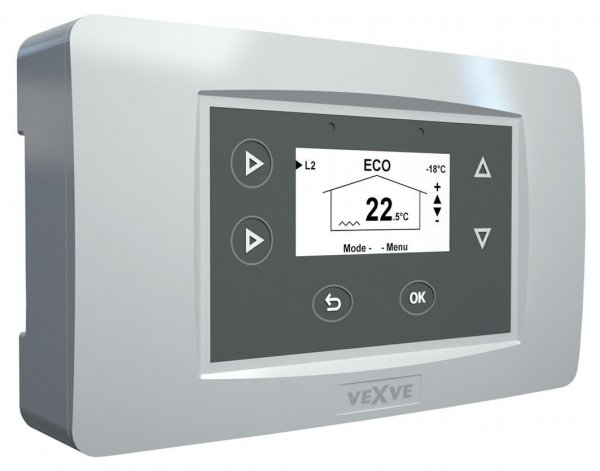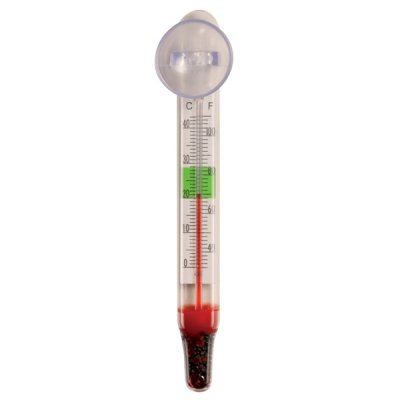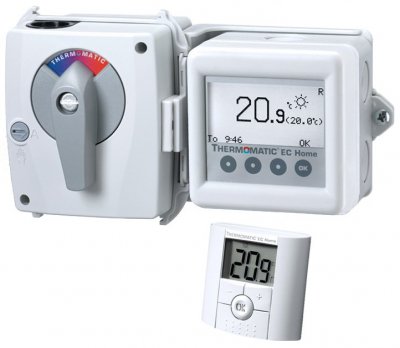Not too cold, but not too hot: a temperature sensor for heating is an indispensable thing when heating a house

The temperature of the coolant in the heating pipes may change periodically. This leads to pressure drops. To control these processes, it will be necessary to install special devices.
Such devices record current temperature and pressure readings in the systemso that in the event of a serious deviation, a person could take measures and restore the operation of the heating network.
Temperature control sensors for heating and air systems

The operating principle of a particular device depends on its design. The main types of sensors are bimetallic and alcohol. They can be connected to the control panel.
Readings are provided via wires or contactless. Bimetallic temperature gauges are based on the effect of metal expansion when heated.
When choosing such a sensor You need to pay attention to the following parameters:
- Measurement range. Before purchasing, it is important to calculate the operating mode of the heating network and select a device with the appropriate measurement range. Not only the accuracy, but also the relevance of the indicators depends on this.
- Measurement technique. The design of the device affects the inertia of the readings (with a bimetallic device, the readings come with a delay, while with an alcohol device, the real state of the system at the time of measurement is always displayed).
Wired Heat Controllers
Wired meters are most often used to communicate with the temperature control unit in heat supply pipes. They are usually have an electronic display that shows the coolant temperature.
Measurement methods may be different (based on electromagnetic radiation; by determining the level of acoustic vibration, etc.). The main advantages are ease of installation and accuracy of measurements. The disadvantage of such devices — not a very high level of reliability. If the wire is damaged, the data will stop flowing to the control unit.
Wireless Thermal Sensors
These devices are for transmitting temperature information use radio waves for what additionally equipped with a separate battery power supply and a device for capturing and transmitting radio waves.

Photo 1. Wireless temperature control device for the heating system. Equipped with an electronic screen.
Advantages:
- can be installed anywhere;
- installation is usually quite simple;
- do not depend on electricity, as they are equipped with their own autonomous power supply.
However there are also disadvantages, because the radio signal may be distorted, which makes such devices not very accurate.
Bimetallic
Bimetallic devices consist of from a pointer indicator and two metal plates, which have different expansion coefficients when the temperature changes. When the coolant in the pipes is heated or cooled, one of the plates begins to deform; because of this, the pressure on the indicator arrow changes.
The main advantages are simplicity of design, reliability and fairly low price. One of the disadvantages - high inertia of readings, since a certain amount of time is needed for heating and expansion of metal plates.
Alcoholic

They represent a flask with alcohol inside.
It has special markings that indicate the temperature of the coolant.
When it changes, the alcohol expands or contracts.
The main advantage The advantage of such devices is high measurement accuracy and speed, since alcohol quickly reacts to changes in the temperature of the coolant.
Flaw - fragility of the structure.
Pressure sensors
The main devices of this type are spring and electric contact sensors (there are also membrane, however, they are not very reliable, so they are used quite rarely). It is recommended to connect several pressure gauges to your heating network.
Spring loaded
Design equipped with a special tube with an oval or round cross-section. Under the action of the coolant pressure, it shifts, which leads to the movement of the arrow on the dial. It is usually mounted on the threaded connection of the supply pipe. Its service life directly depends on the frequency of action on the measuring tube. In case of a serious excess of pressure in the heating network, this sensor may burst.

Photo 2. Spring pressure controller in the heating system. The device is installed on the heating pipe.
Main advantages - low cost and fairly high accuracy of readings.
Attention! The main disadvantage is displacement of the measuring tube inside the device. This not only distorts the measurement results, but also may cause breakdownBefore the start of the heating season, it is recommended to check the operation of the spring sensor.
Electrical contacts
This type is a modification of the spring. It is used in systems with automatic pressure regulation in the heating network. The electric contact sensors are additionally equipped with two arrows on the dial and a system for transmitting signals to the control unit. Otherwise, the design of the device is identical to the spring type.
The position of the arrows is set by the user of the device. If the pressure goes beyond these limits, a special system will be triggered, which will send a signal to the control panel. The main advantage The advantage of such a sensor is that it can be used to assemble a completely autonomous pressure regulation system.
Useful video
Watch the video review of the remote temperature sensor for the heating boiler.
How many temperature devices do you need in your home?

Number of devices directly depends on the length and type of heating network.
In case of power supply from the central heating networks are installed in every house at least one device for measuring pressure and temperature on the incoming and outgoing lines.
For autonomous power supply it is recommended to install another meter temperatures on the boiler.
In case of an extended heating network is being installed several control sensors temperature and pressure. If special equipment (for example, an elevator unit) is planned to be installed on any section of the heating network, it is recommended to install one more sensor at the input and output of the device.







Comments
Let's consider the pros and cons of sensors and devices.
They all have one downside - the costs involved.
Pros: you will control all the processes that occur in your premises, without approximate figures and long calculations, again I repeat the answer to which will also be approximate, it is also very convenient to just come up and look at the sensor. And of course, for those with children, this is simply necessary to use. Convenient and simple))).